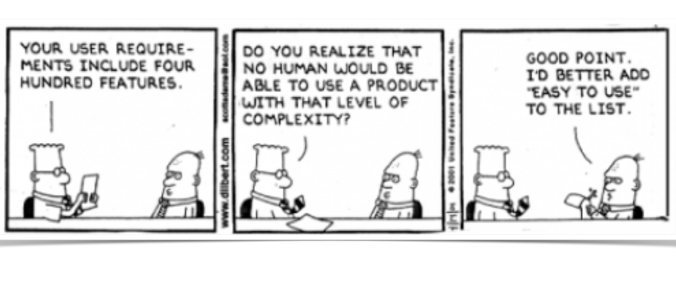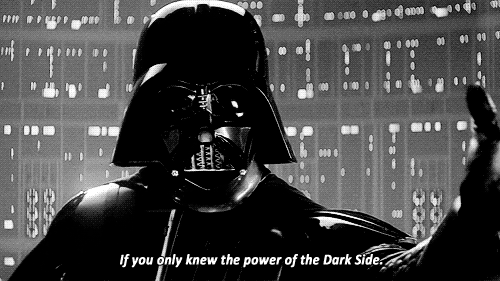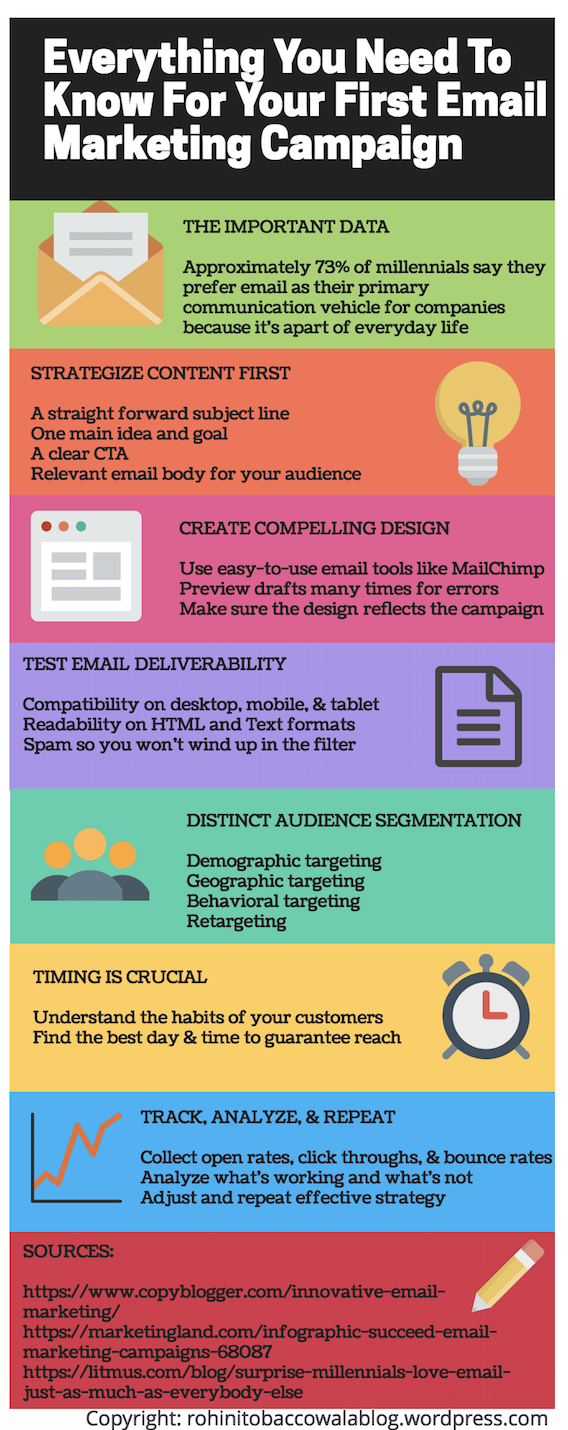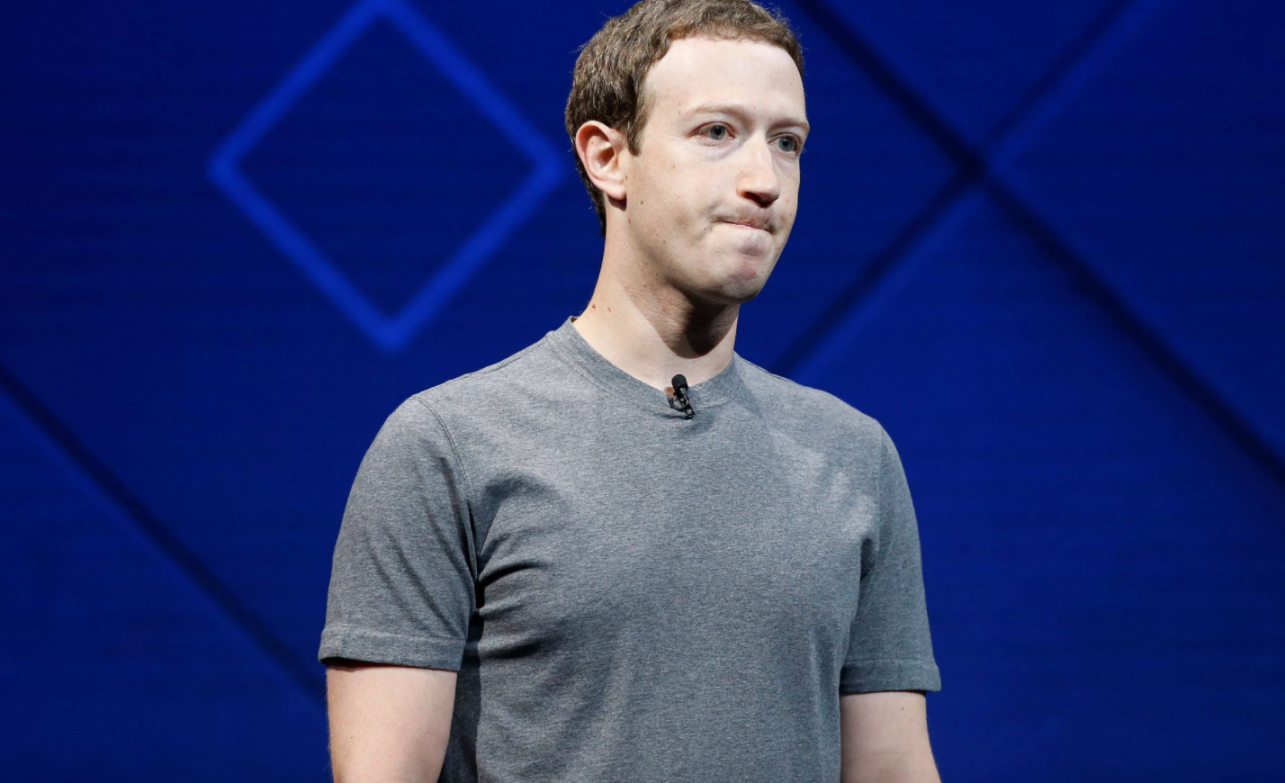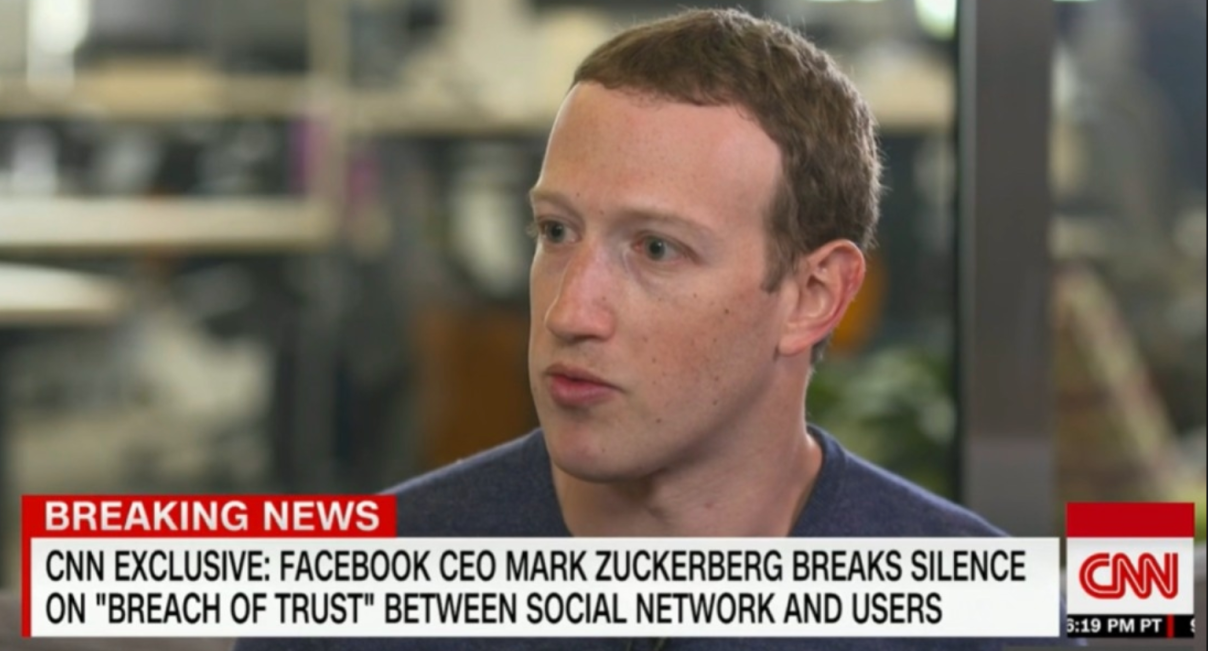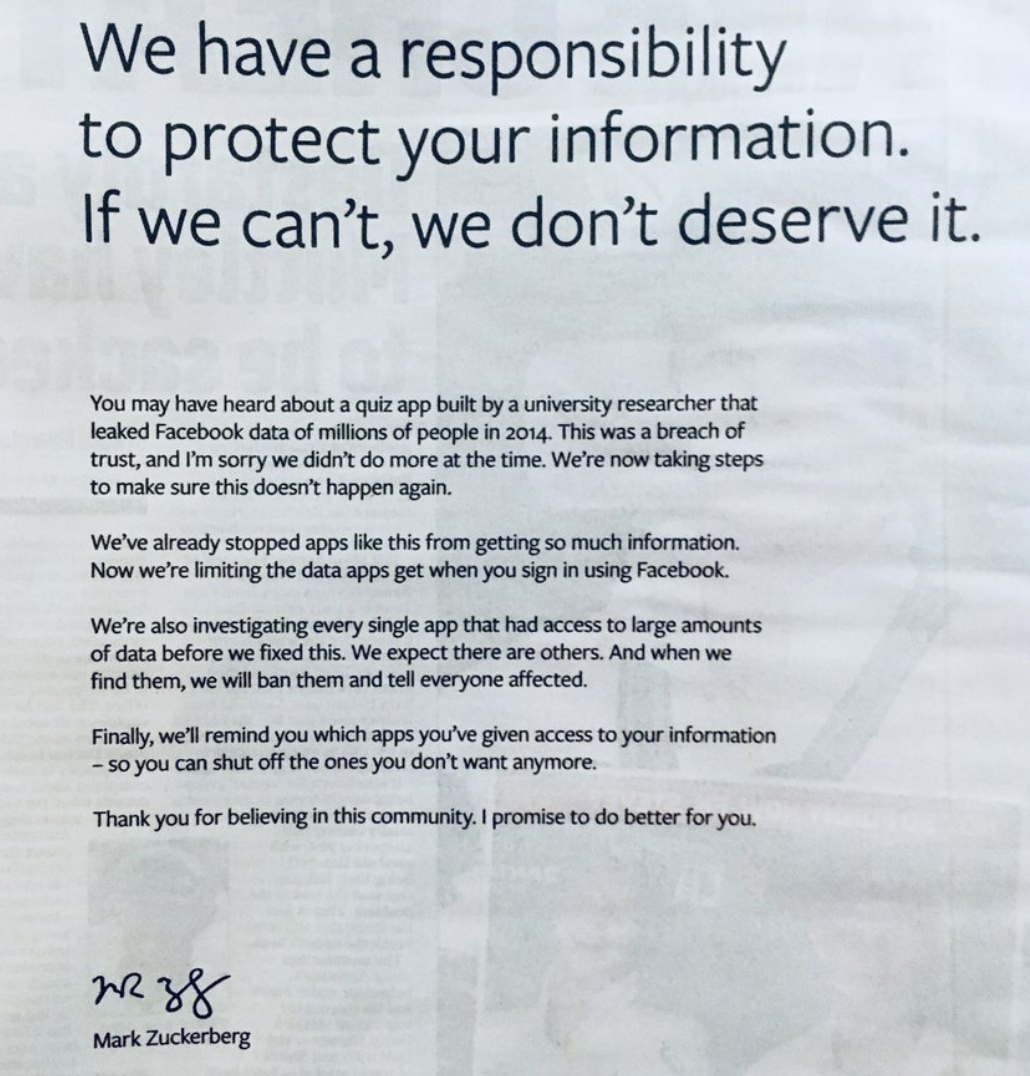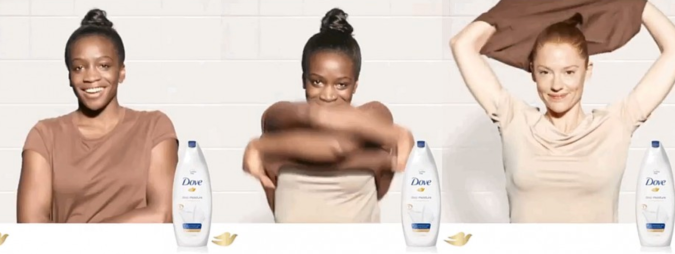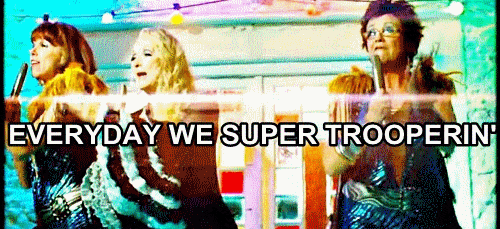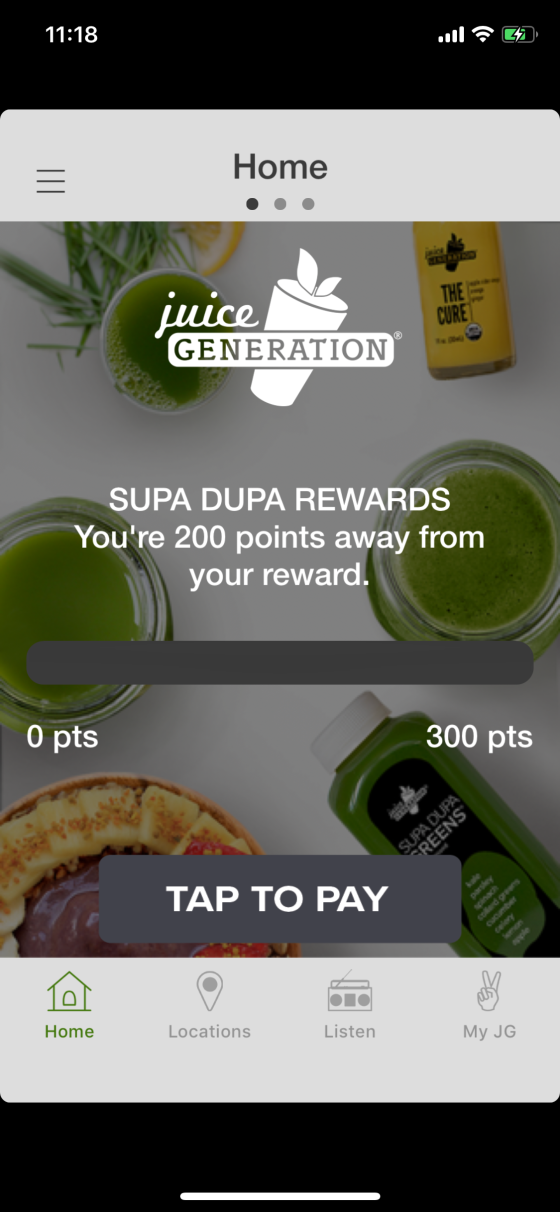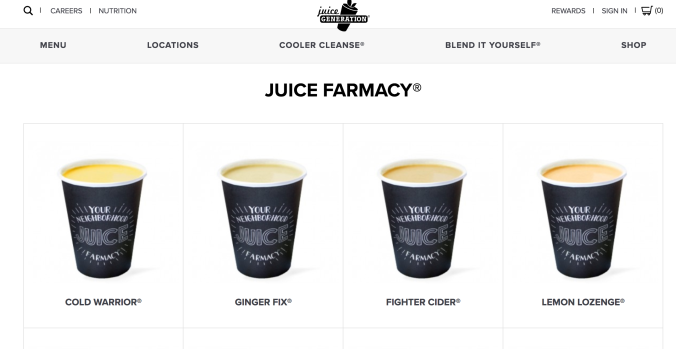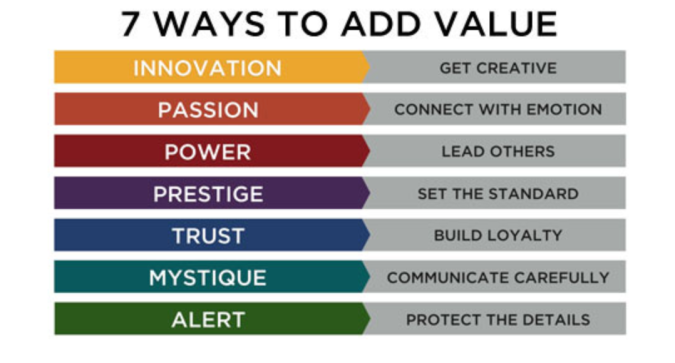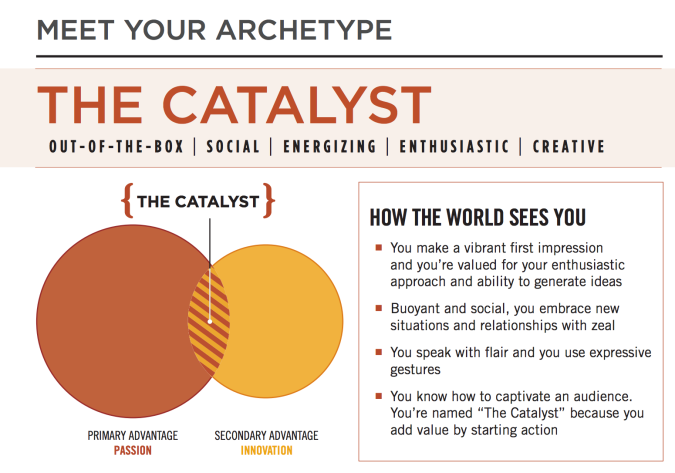As a beauty fanatic since age 3 (back when I used to play with every possible nail polish color with my aunt), I’m going to first start by sharing I’m so excited to write about this topic. As a girly girl and marketer, the beauty industry is fascinating to me. It is creative, it is fun, and it is going places. And as a tech nerd, I love that it is becoming more integrated with the latest technologies.
Augmented Reality
In case you haven’t caught on, the biggest tech innovation in the beauty sphere is augmented reality. Let’s define it quickly.

L’Oreal Buys Augmented Reality App

L’Oreal, one of the most successful companies in beauty, of course is doing it right. I remember on my birthday back in December, I went to their YSL pop-up, where they had augmented reality in-store. Before purchasing products, a customer could try on different colors to see what would look best on them in a digital mirror. This was ideal for someone like me who LOVES lipstick but finds it troublesome to try on a variety of colors and keep having to wipe it off. While I can be skeptical about non-traditional routes to the in-store experience, this form of digital marketing actually made the overall experience better and I didn’t leave the store empty handed.
The concept of augmented reality is intriguing and innovative because:
- It’s revolutionizing the way we use makeup in-store and out of store (i.e. Benefit’s perfect brow-finder, Sephora’s virtual artist app & Samsung’s Bixby Vision’s make-up tool for the S9 and S9+).
- The advanced technologies that can detect our face in the most accurate way (i.e. some companies can create AR mirrors to superimpose makeup on your face in real time).
- It solves a pain point for customers like me who don’t always have the time or patience to try on a bunch of products.
Recently, I read that L’Oreal has decided to buy beauty app maker, Modiface – who develops augmented reality apps for mobile and desktop. Why? Because L’Oreal knows that in order to keep promoting their family of brands – they need to stay at the forefront of innovation. Even as a giant in the industry. It’s one of the most cluttered places to be and there are emerging small competitors (hi, Glossier!) that are killing the game. You can never be too safe.
Is Augmented Reality A Good Thing?

The trend of augmented reality within the beauty industry and for companies like L’Oreal can ultimately help with lead generation and customer retention. For example, I was never a YSL make-up customer – but after I experienced the pop-up store and saw how innovative they were, it totally changed my perception on the brand. Why wasn’t this in my favorite retailer, Sephora? There was something really refreshing about it. In terms of customer retention, I think companies like L’Oreal can retain their customers as they show them that they are consistently innovating. Brand loyalty is hard to get, but if you create compelling digital experiences for your customers and they are willing to put their reputation on the line to share with friends, that is something.
Now, there are always pros and cons to any concept or trend in digital marketing. For me the pros have already been listed – it is revolutionary, it is advanced technology, and it solves pain points for customers. That’s what you need to do in marketing – find your customer persona and solve their problems. However, I can see cons being that some beauty fanatics prefer the traditional route. They may not be intrigued by augmented reality, because well, it is augmented. They don’t have this feeling of it being real enough or only trust using a product on their face directly. It really depends on the type of customer and his or her needs.
Is Augmented Reality A Fad?

Augmented reality in my opinion is not a fad. A fad assumes that something is short-lived. However, technology in our lives is not short-lived. It is the future and I believe augmented reality will be something that will always be around – whether a company decides to invest in it or not. Some companies can make it a primary business objective whereas other companies can use it as an accessory to enhance their brand.
Would I recommend it to a client? Depending on the client, yes. Why? Because as I mentioned earlier, in certain industries, trends like augmented reality make a lot of sense. Companies like L’Oreal in the beauty industry have to stay up-to-date on what is happening in the world and how consumers are changing their behaviors. Behaviors are changing as we are increasingly being exposed to new technologies.
Think of millennials and Bitcoin. Why do some not invest in the stock market but find Bitcoin appealing? Perhaps because it is the trend that so many of their peers are following. Similarly, influential demographics like these, are shaping the path for brands, and are essential to study. Let’s be honest, they will always want to try the latest and greatest. Who wouldn’t?!
Thanks for reading!
RT



